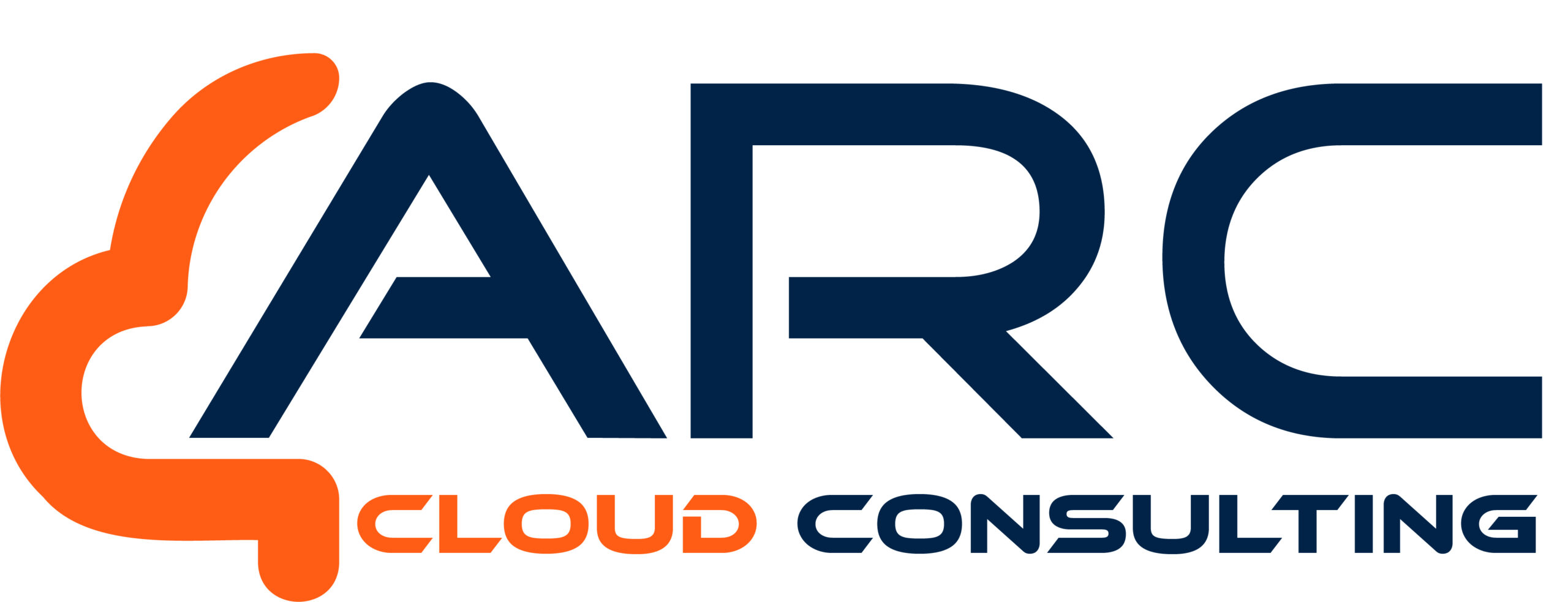Cloud computing has revolutionized how businesses operate, offering scalable, flexible, and efficient solutions. However, the variety of cloud services can be overwhelming. Let’s simplify things by breaking down the three main types: Infrastructure as a Service (IaaS), Platform as a Service (PaaS), and Software as a Service (SaaS).

1. Infrastructure as a Service (IaaS)
IaaS offers the basic building blocks of cloud computing. It provides virtualized hardware that you can access over the internet. With IaaS, businesses rent IT infrastructure—such as servers, storage, and networking—on a pay-as-you-go basis.
Benefits of IaaS:
- Scalability: Easily adjust resources to meet changing demands.
- Cost Efficiency: Save money by eliminating the need for physical hardware.
- Control: Retain control over your infrastructure while freeing up internal resources for other tasks.
Common Use Cases:
IaaS is ideal for businesses that need substantial computing power, like big data analytics, web hosting, and backup and recovery solutions.
2. Platform as a Service (PaaS)
PaaS provides a platform for developers to build, deploy, and manage applications without worrying about the underlying infrastructure. It includes tools like databases, middleware, and development frameworks to help streamline the process.
Benefits of PaaS:
- Faster Development: Speed up the development process with pre-built tools and templates.
- Collaboration: Enhance teamwork with a shared environment for developers.
- Automatic Updates: Providers handle software updates, so you always get the latest features and security patches.
Common Use Cases:
PaaS is perfect for developers who want to create applications quickly. It’s commonly used for developing mobile apps, web applications, and APIs.
3. Software as a Service (SaaS)
SaaS delivers software through the cloud, so users can access it via the internet, typically on a subscription basis. Instead of installing software on individual devices, users access it through a web browser.
Benefits of SaaS:
- Accessibility: Access software from any device with an internet connection.
- Cost Savings: Lower IT costs by avoiding installation, maintenance, and updates.
- Easy Integration: SaaS often integrates smoothly with other software and services.
Common Use Cases:
SaaS is widely used for applications like email (e.g., Gmail), customer relationship management (CRM) software (e.g., Salesforce), and collaboration tools (e.g., Slack).
By understanding these three types of cloud services, you can better decide which one suits your needs based on your goals and resources.
Read more about cloud services: https://azure.microsoft.com/en-us/resources/cloud-computing-dictionary/types-of-cloud-computing
